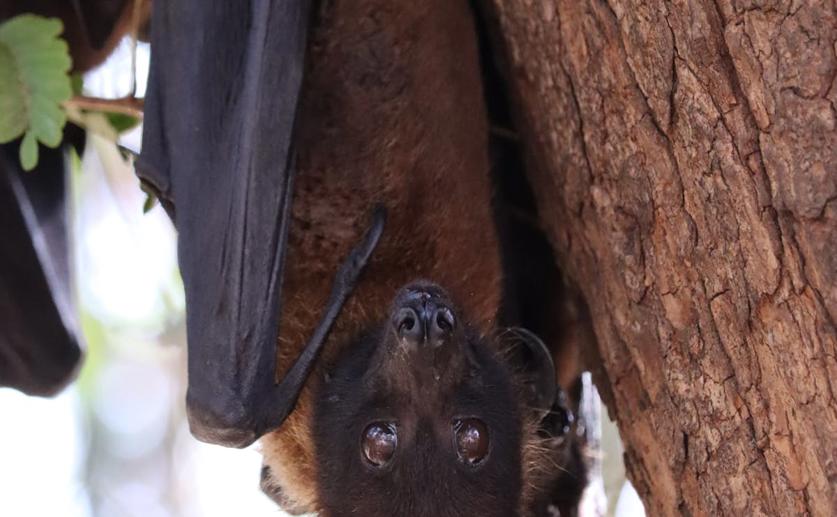
Evolution Link Between Bat Size and Sonar Abilities
Greg Howard
16th April, 2024

Key Findings
- Study from Universidad Rey Juan Carlos shows larger bats use lower frequency echolocation calls
- Differences found in echolocation between bats that emit calls through their nostrils versus their mouths
- Bat body size evolution is linked to changes in echolocation call features, suggesting co-evolution
References
Main Study
1) Correlated evolution between body size and echolocation in bats (order Chiroptera)
Published 15th April, 2024
https://doi.org/10.1186/s12862-024-02231-4
Related Studies
2) Social communication in bats.
3) Nonecholocating fruit bats produce biosonar clicks with their wings.
4) Molecular evidence regarding the origin of echolocation and flight in bats.
Journal: Nature, Issue: Vol 403, Issue 6766, Jan 2000
5) A 50-million-year-old, three-dimensionally preserved bat skull supports an early origin for modern echolocation.



 24th March, 2024 | Jim Crocker
24th March, 2024 | Jim Crocker